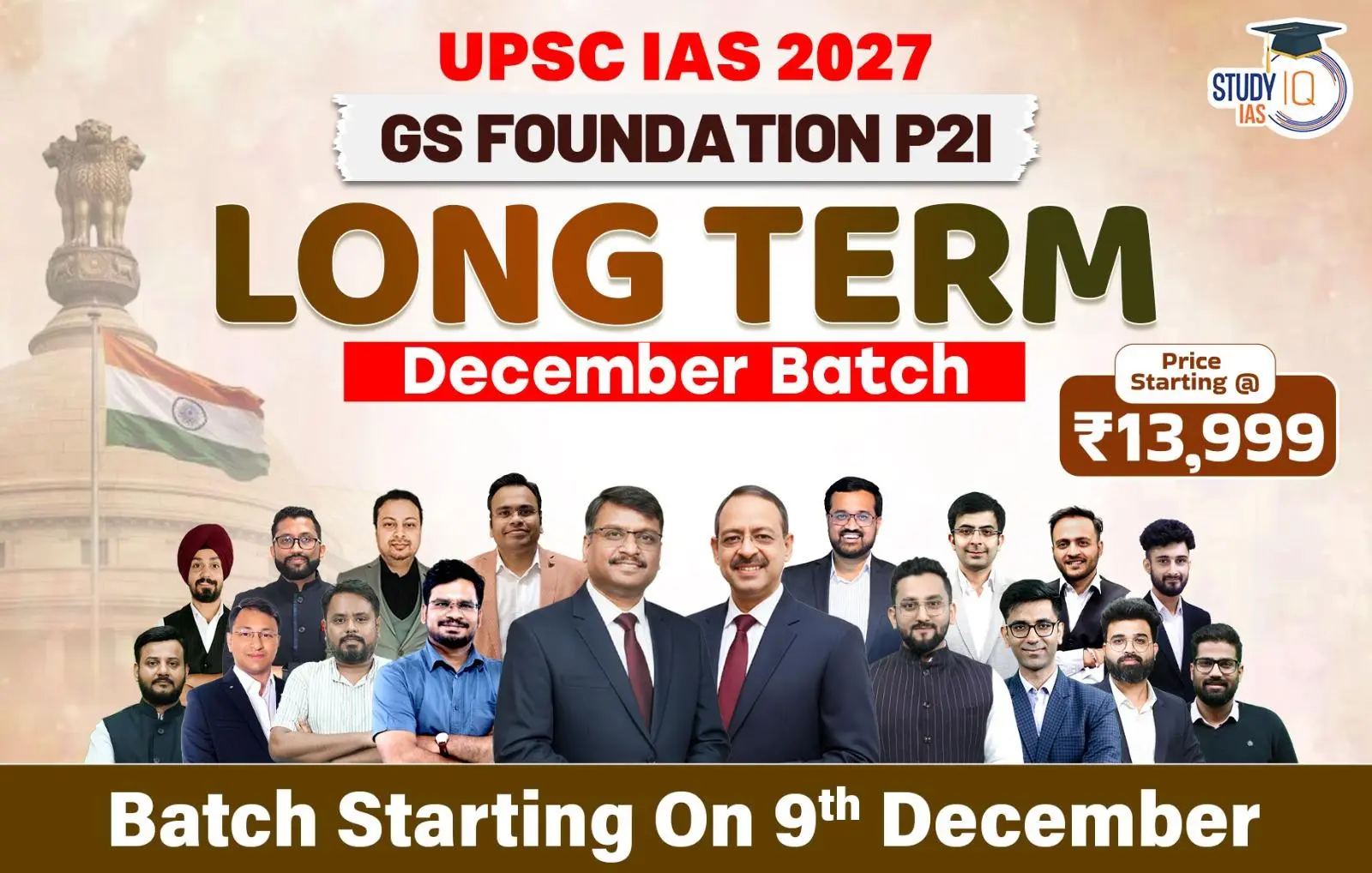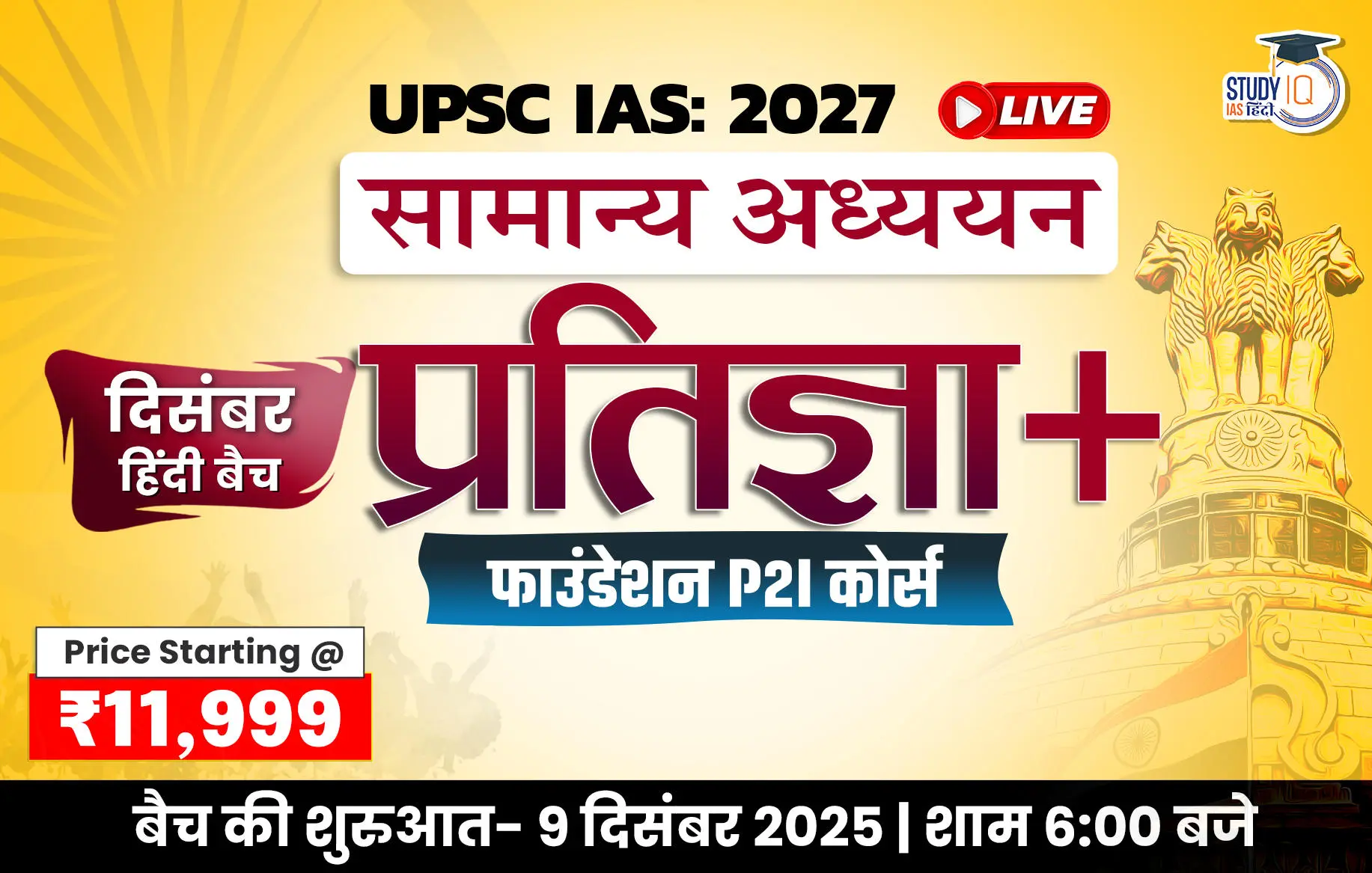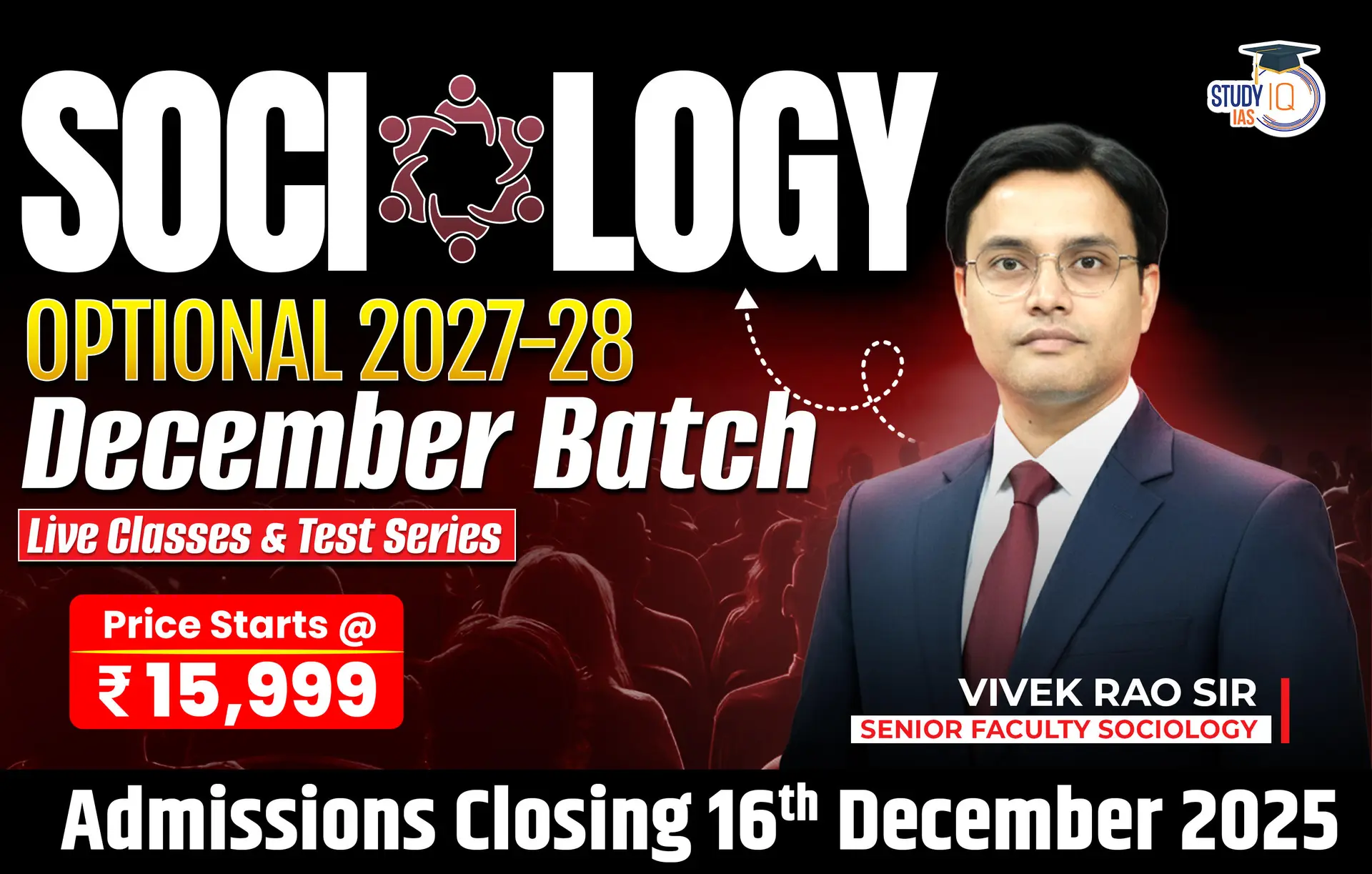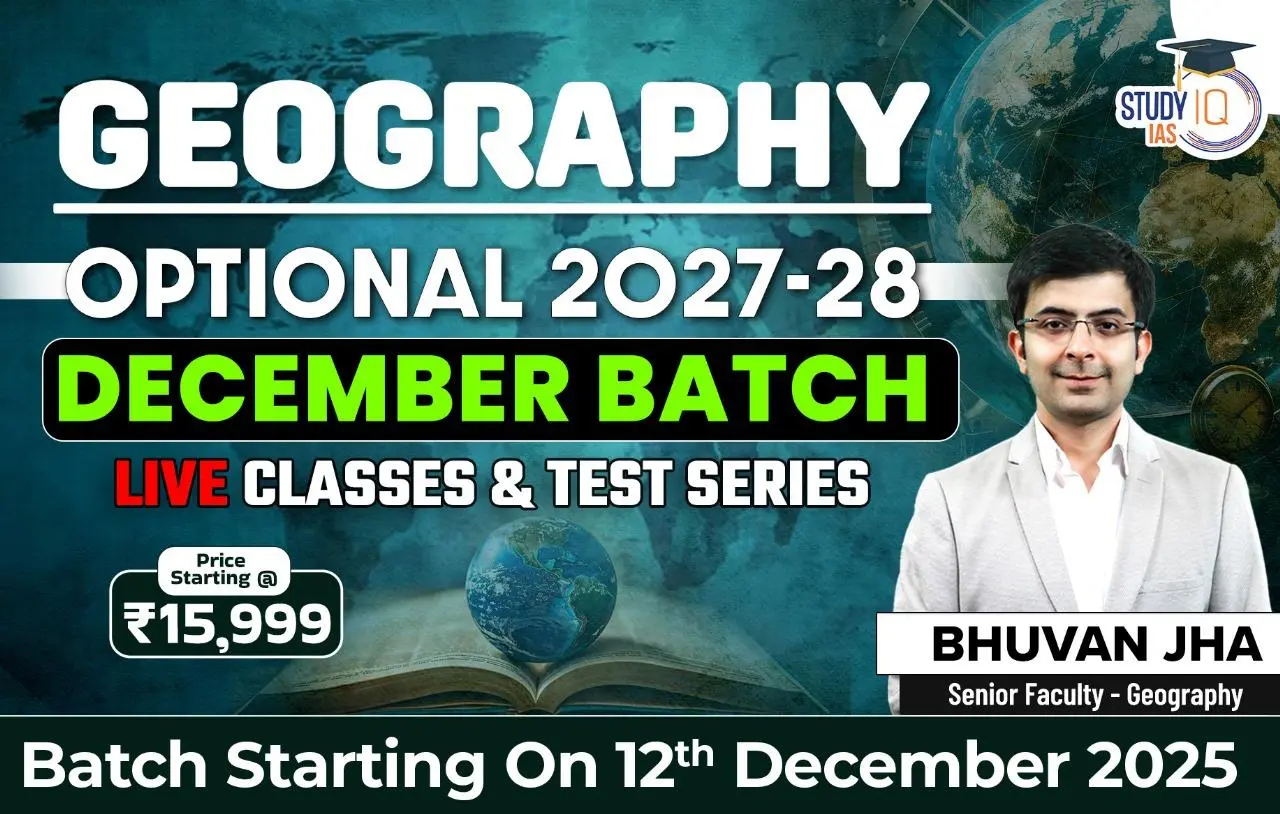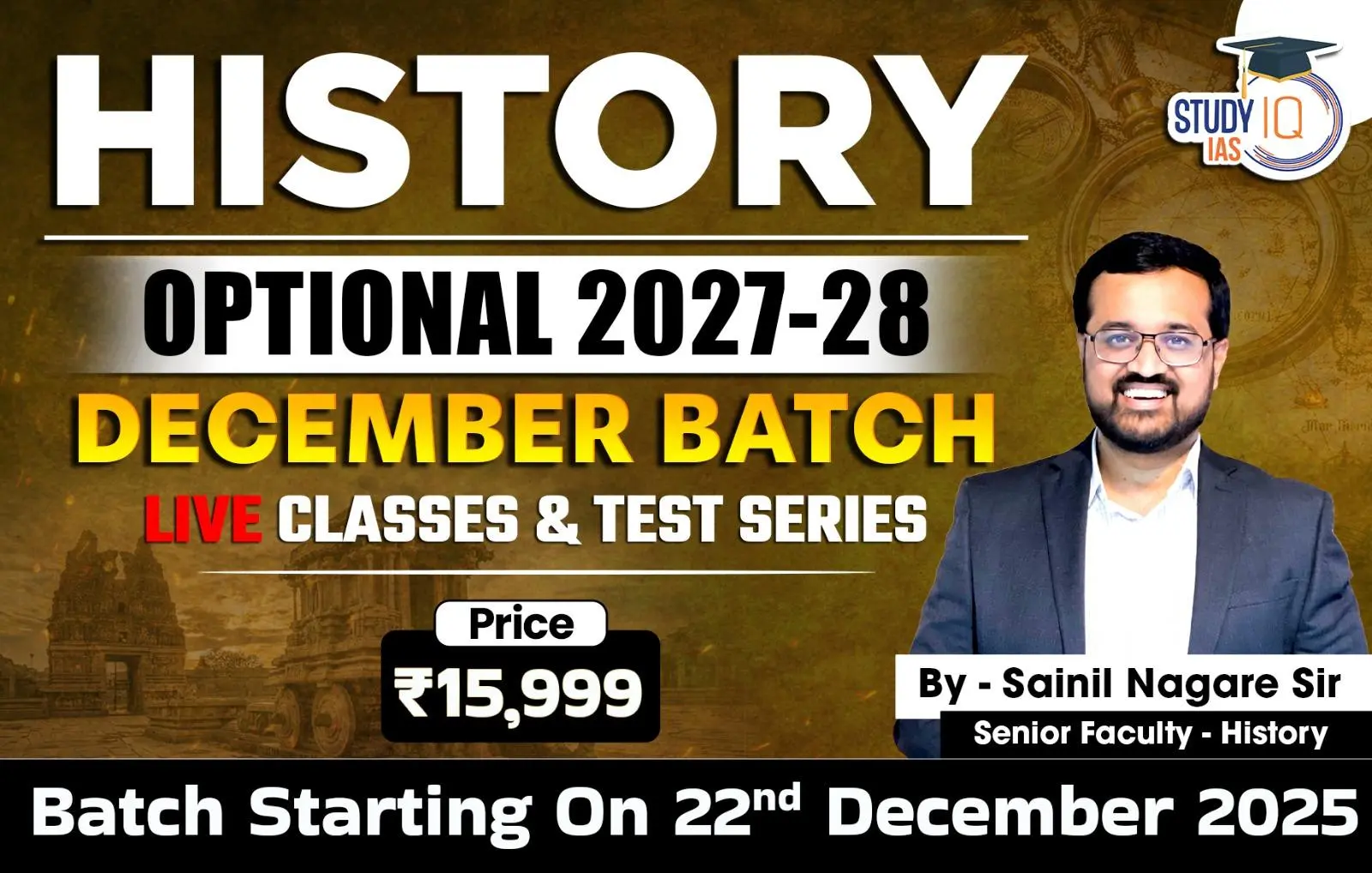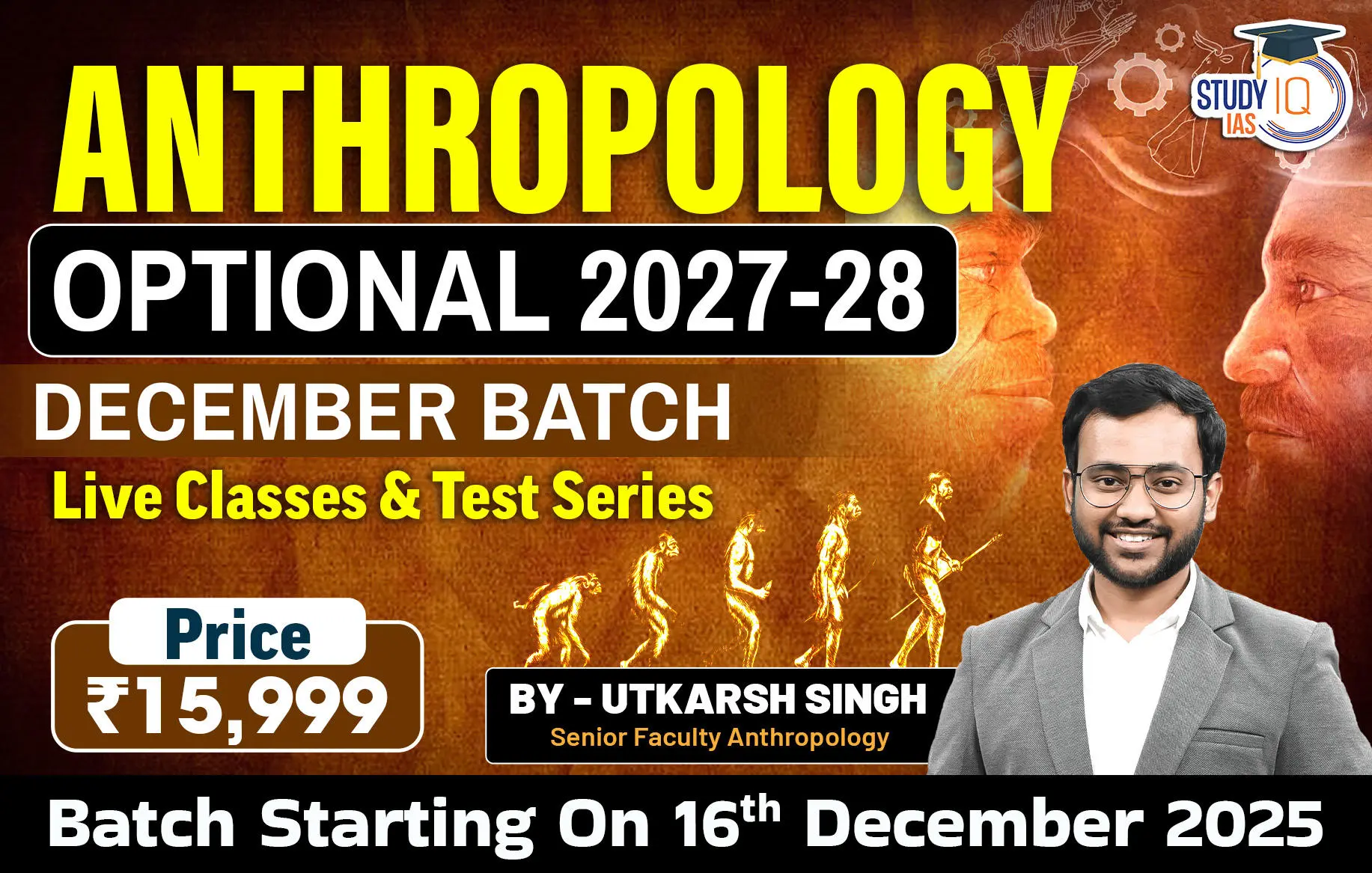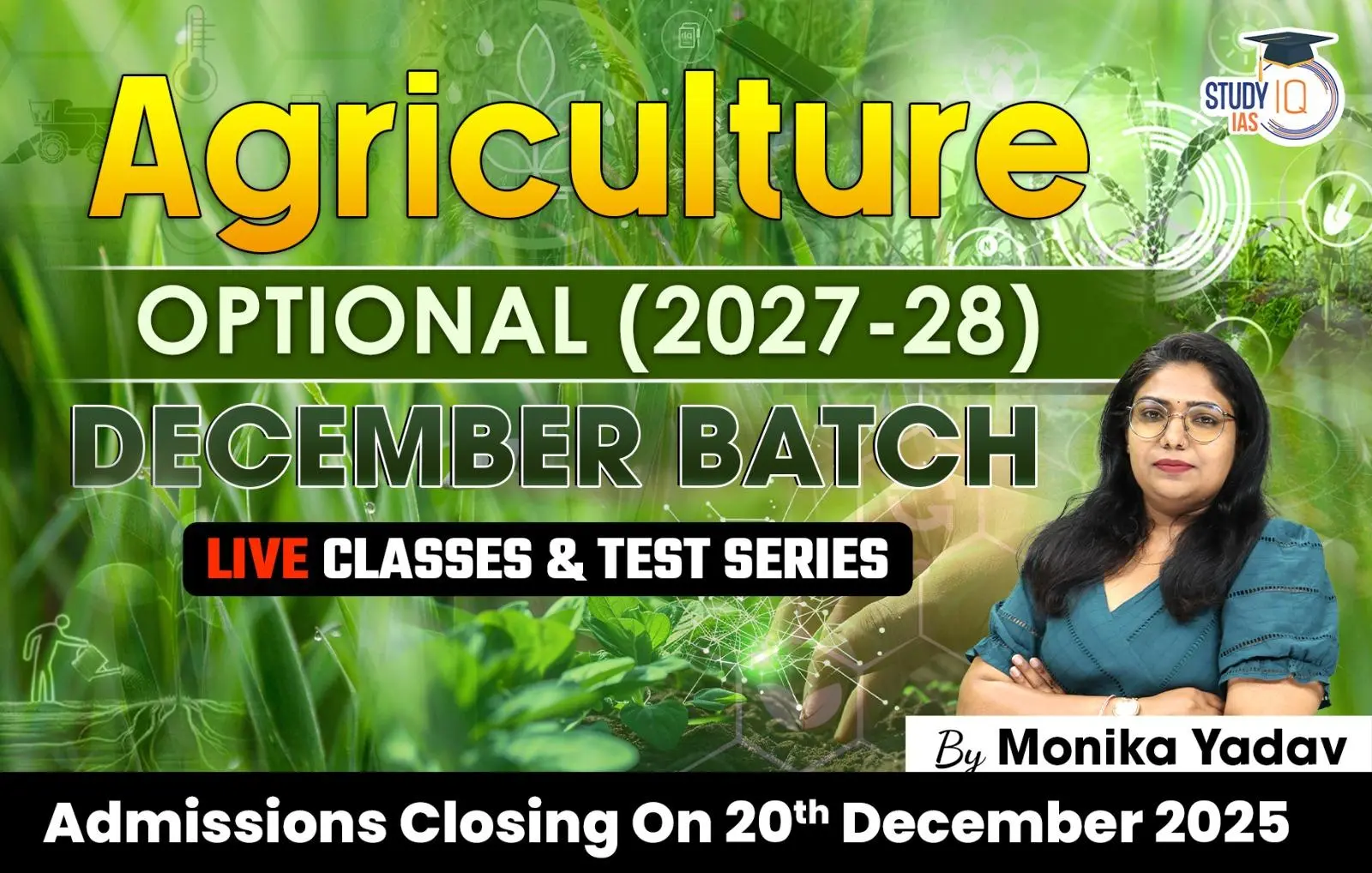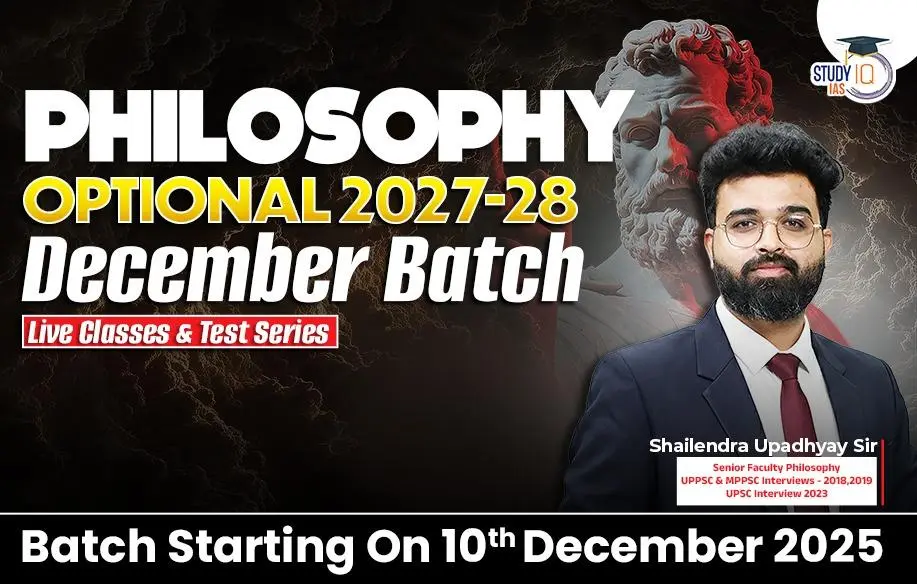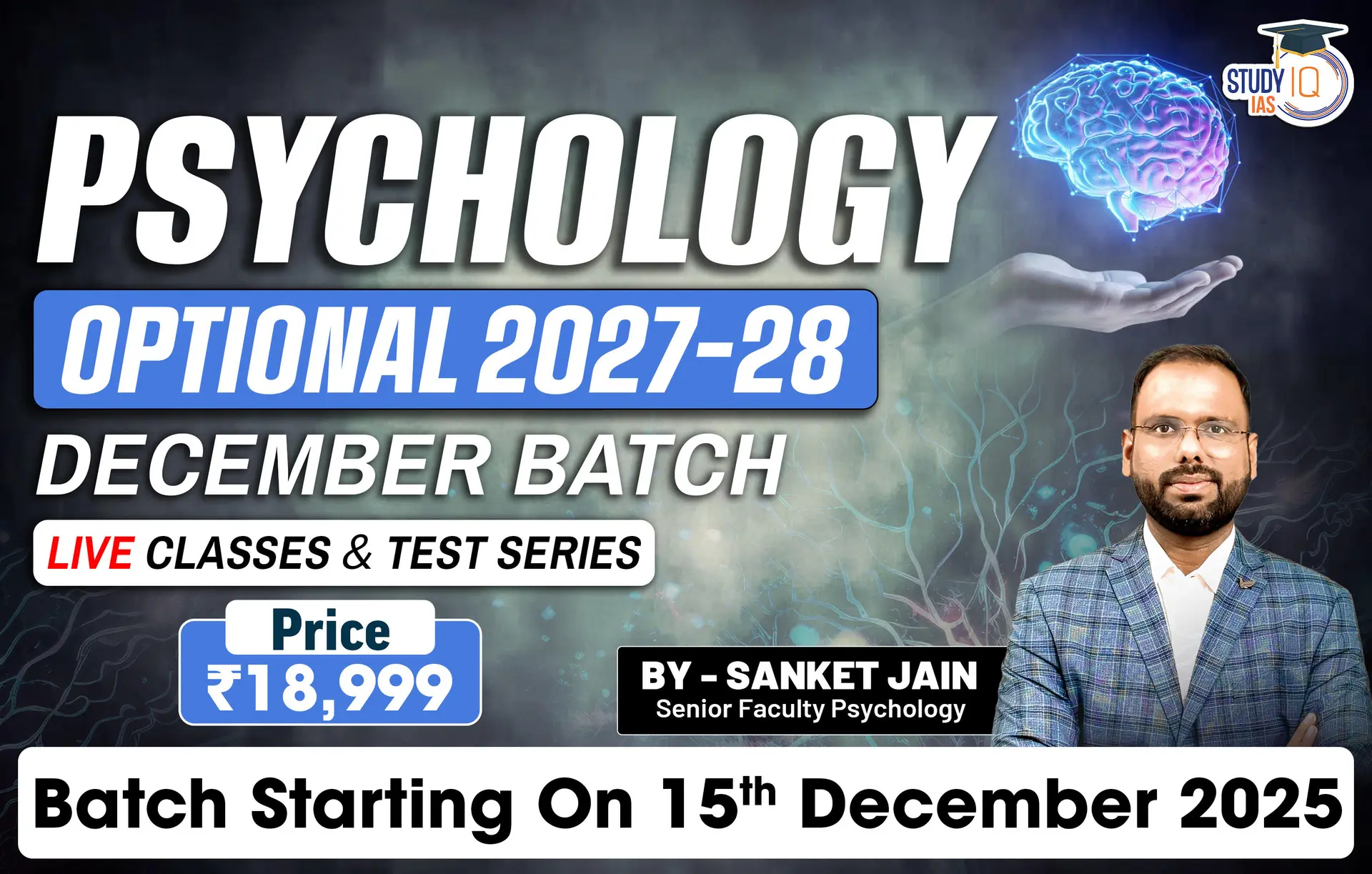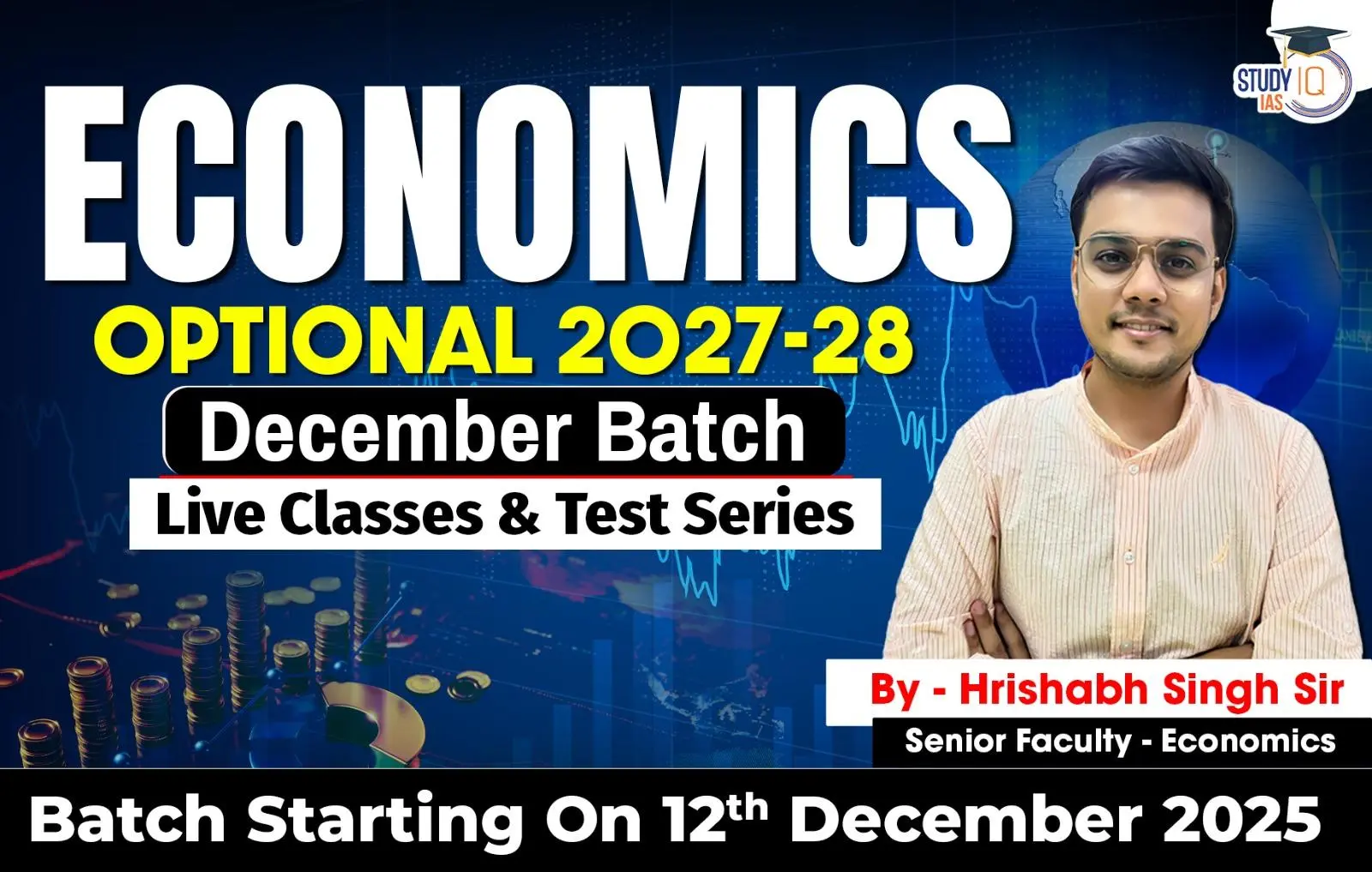Table of Contents
Context: Recently, a report titled “A Roadmap For Strengthening State S&T Councils” was released by Niti Aayog.
What are State Science and Technology Councils (SSTCs)?
- State Science and Technology Councils (SSTCs) are autonomous bodies established by Indian states and Union Territories to promote, coordinate, and implement science, technology, and innovation (STI) policies at the state level.
- Genesis: Initiated in 1971 under the leadership of Bharat Ratna C. Subramaniam.
- Support: Supported mainly by the Department of Science and Technology (DST), Government of India, under the State Science and Technology Programme (SSTP), along with variable support from respective state governments.
SSTCs Comprises of
- Governing Council: The top decision-making body that sets policies and strategic direction for the State S&T Council.
- Executive Committee: The operational body that implements the Council’s policies and oversees day-to-day functioning.
Key Functions of SSTCs
- Facilitate grassroots innovations in sectors like agriculture, renewable energy, disaster management, and biotechnology.
- Develop and promote science-based solutions for local resource management and environmental issues.
- Enhance scientific awareness and attitudes among all sections of society.
- Foster scientific research, technology adoption, and capacity building within the state.
Challenges Associated with State S&T Councils
- Weak Governance Structure & Delays: Irregular meetings and absence of scientific leadership delay decisions, causing slow, fragmented policy execution and missed opportunities.
- Inadequate Financial Resources: Heavy reliance on central grants, delayed disbursals, and underutilization of funds limit councils’ capacity and expansion.
- Skilled Manpower Shortage: Vacant scientific positions and a lack of training reduce research output and limit the scale and quality of council activities.
- Poor Institutional Linkages: Weak collaboration with central and global institutions prevents knowledge exchange and the practical application of research.
- Lack of Industry Engagement: Minimal industry connections and no tech-transfer centres hinder commercialisation and resource mobilisation.
- Regulatory & Administrative Bottlenecks: Bureaucratic rules, no standard framework, and unclear roles slow down expenditure and effective functioning.
Recommendation by Niti Aayog to Strengthen SSTCs
- Structural Reforms in Governance:
- Governing Council: Expand to include state, central, industry, and academic experts for diverse perspectives; meet at least once a year for informed, strategic decisions.
- Executive Committee: Led by a full-time scientific director; include external S&T experts and government officers; ensure performance-driven, accountable leadership.
- Financial Support and Resources: Ensure adequate state funding (target: 0.5% GSDP); shift DST support to project-based grants; expand funding sources; foster industry and university linkages; introduce performance-based grants.
- Human Resources: Maintain 70:30 scientific to non-scientific staff; fill all core positions; offer career progression; hire for projects; second faculty and retired experts for expertise and collaboration.
- State-Focused Role & Sub-Structures: Identify state-specific S&T needs; establish cells for patents, technology transfer, incubation, etc.; build databases; lead SSR/CSR efforts; connect with similar structures statewide.
- Redefining Programs and Activities: Prioritise state-relevant R&D; institute annual awards, fellowships, and travel grants; organise state STI conclaves; expand science popularisation; standardise science centers; map resources; promote collaborations.
- Collaboration and Linkages: Forge ties with central agencies, industries, PSUs, R&D institutions, and universities to pool resources, enhance knowledge, and accelerate coordinated STI growth in the state.
| Abbreviations |
|

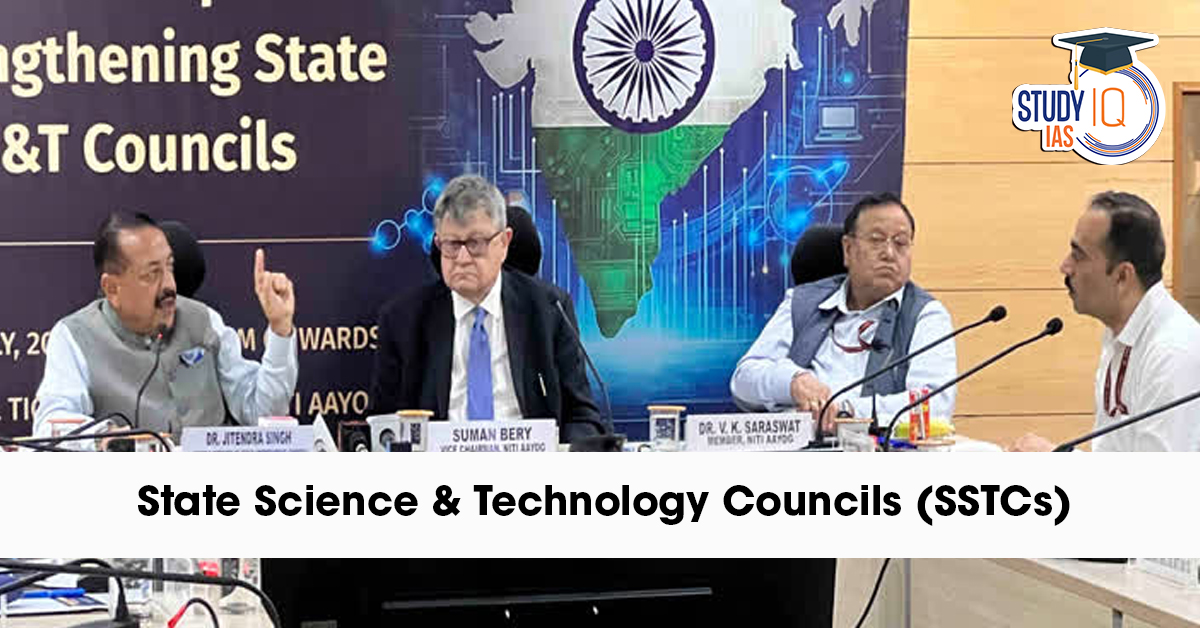
 Advanced Air Defence Radars: Types, Comp...
Advanced Air Defence Radars: Types, Comp...
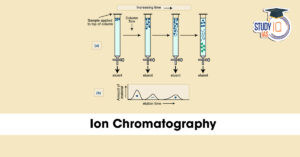 Ion Chromatography, Working and Applicat...
Ion Chromatography, Working and Applicat...
 Broadly Neutralising Antibodies (bNAbs):...
Broadly Neutralising Antibodies (bNAbs):...

